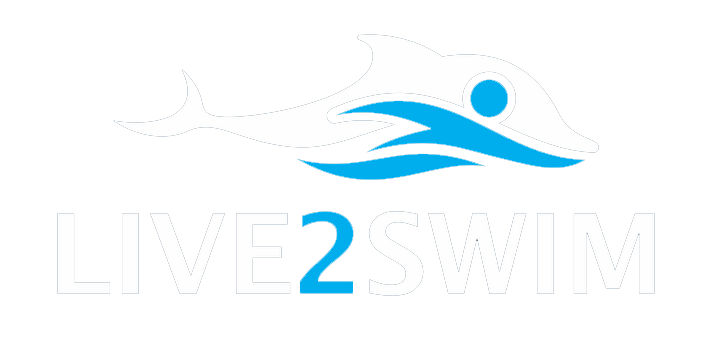Our Teaching Philosophy
Science-Based Method
Swimming is one of the most fascinating forms of physical activity, engaging nearly every muscle in the body while moving through an environment very different from land. Unlike walking or running, where we rely on friction against the ground, swimming requires us to push against water—a substance that is 800 times denser than air. Teaching our children to adapt to this environment is a perfect combination of physics, biomechanics, and human physiology.
Biomechanics, kinesthetics, psychomotor, and sensory skills all play a crucial role in both swimming performance and teaching swimming effectively.
Sensory learning plays a key role in children’s swimming education, particularly in the early childhood stages.
Here is how Live2Swim utilizes these complex scientific principles to help make children safer-faster.
Biomechanics (Move efficiently)
The study of movement and the mechanical principles of the human body. It helps swimmers optimize stroke technique for efficiency and speed, reduces drag and improves propulsion through proper body alignment and helps prevents injuries by promoting safe movement patterns.
Live2Swim trained teachers can analyze and correct technique based on mechanical principles and are enabled to tailor instruction for different body types and abilities.
Your child will be learning safe, correct and efficient technique.
Kinesthetic Awareness (Feel the water)
The sense of body position and movement. It allows swimmers to develop a “feel for the water,” improving stroke timing and coordination as well as enhancing balance and body control in the water. Live2Swim trained teachers will use drills that improve body awareness (e.g., sculling, turnarounds and streamlining) that help learners understand how their body moves through water.
Your child will be learning correct body position in every lesson at Live2Swim.
Psychomotor Learning (Build motor memory)
Provides the ability to coordinate cognitive functions with physical movement. They are essential for learning and refining stroke techniques and support multitasking (e.g. breathing while stroking). Live2Swim trained teachers will break down complex movements into manageable steps and teach progressive skill-building activities.
Your child will be learning faster with Live2Swim’s advanced curriculum
Sensory Strategies (Right cues, right moment)
Provides the ability to process sensory input (touch, sight, hearing, etc.). Swimmers rely on tactile feedback from water to adjust technique. They use visual cues to help with lane orientation and pacing and auditory cues from instructions and start signals. Live2Swim trained teachers will use visual demonstrations, tactile corrections, and verbal cues in a variety of ways in every single lesson we teach. Sensory integration is critical for swimmers with special needs or learning differences.
Your child will always have sensory engagement and learning in every Live2Swim lesson they attend.
